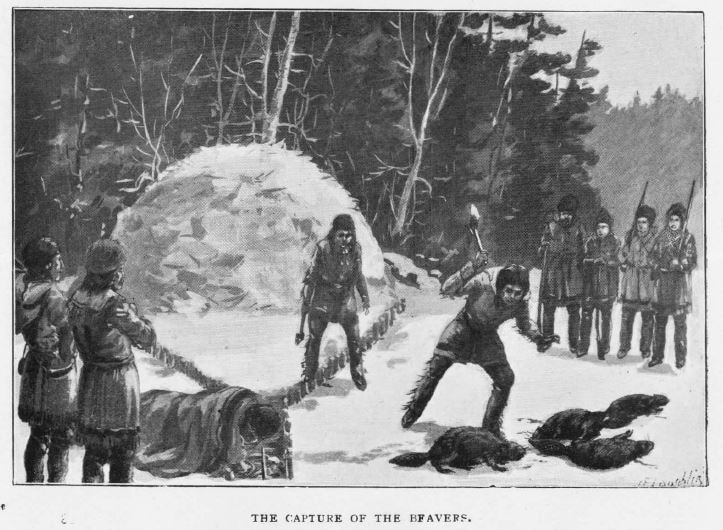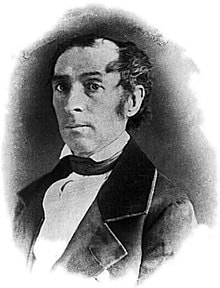 Pastel portrait of Manuel Armijo by Alfred S. Waugh, ca. 1840
Pastel portrait of Manuel Armijo by Alfred S. Waugh, ca. 1840 Armijo began his public career in 1822, when he served as alcalde, a combination mayor and judge, in Albuquerque. During this period he protected his town by leading attacks against the Apache Indians, and was well respected for his administrative abilities. He was so well loved by the people that he was appointed governor in 1827.
While governor, Armijo sent reports to the central government expressing concern with poverty caused by the concentration of lands in the hands of a few people, and by drought. He asked for relief for New Mexicans who lived in poverty and hunger. Although his reports were ignored, his concern won him the appreciation of the people.
Armijo also expressed concern with illegal beaver trapping by Americans who were driving the animals to the point of extinction. He tried to impose tariffs and impound illegal furs, but the vast distances in the frontier made policing difficult. Unsurprisingly, his actions caused animosity with American traders and trappers, who retaliated by circulating rumors that the money gathered from tariffs and the resale of impounded furs lined Armijo’s pockets instead of helped New Mexico’s poor.

 Charles Beaubien
Charles Beaubien
When the Mexican government appointed Armijo to a second term as governor, Armijo imposed tariffs on American and New Mexican traders who brought goods over the Santa Fe Trail. He also distributed large land grants, ostensibly to draw in settlers from Mexico and the United States and widen the tax base. However, much of the money from those grants did not make it into New Mexico’s coffers. For instance, when Armijo granted Guadalupe Miranda and Charles Beaubien a large tract of land east of Taos along the Cimarron and Canadian Rivers in 1841, they deeded Armijo one-fourth interest in the land in exchange for his guarantees to support them against any future claims. They deeded another fourth to Charles Bent, who would later become Territorial Governor and be murdered by an angry mob for his alleged siphoning of money away from the people.
New Mexicans considered Armijo a hero for defeating the Texans and for his support of the people. In an early scene, Raul Atencio, one of the main characters in Where Duty Calls, is walking past the cemetery in San Miguel Mission, where Armijo is buried, Raul nods as a way of paying respect. That day at the family meal, his uncle gleefully tells the story of the failed Texas-Santa Fe expedition, and paints Armijo as New Mexico’s greatest hero. For obvious reasons, Texans felt otherwise. The father of Jemmy Martin, another character was a part of the Texas-Santa Fe expedition, and paints a rather brutal picture of the treatment the Texans received, vilifying Armijo.
In March 1844 Governor Armijo resigned his office. The man who replaced him raised tariffs on imported goods and taxed the people even more. In order to avoid revolt, Armijo was re-appointed to his third and final term as governor by mid 1845.
 San Miguel Church, Socorro Illustration by Ian Bristow in Where Duty Calls
San Miguel Church, Socorro Illustration by Ian Bristow in Where Duty Calls 


